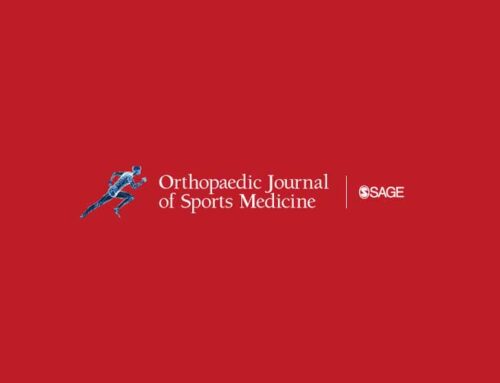BACKGROUND:
The impact of osteochondritis dissecans (OCD) lesions of the knee on a child’s health-related quality of life has not previously been quantified. Preference-based health utility assessment allows patients to assign quality-of-life valuations (utilities) to different health states and conditions.
PURPOSE:
To determine (1) patient-reported utility scores for health states associated with pediatric OCD lesions of the knee and (2) whether these scores are associated with patient demographics or disease severity.
STUDY DESIGN:
Cross-sectional study; Level of evidence, 3.
METHODS:
Children, adolescents, and young adults being treated for OCD of the knee were interviewed to assess utilities for each of the 6 health states commonly encountered in the treatment of OCD: (1) symptomatic lesion, (2) nonoperative rehabilitation, (3) postoperative rehabilitation, (4) intermediate treatment success, (5) early degenerative knee changes, and (6) successful treatment (asymptomatic). Patients were asked to assign health utilities to each state using a standardized feeling thermometer (scale, 0-100), which were converted to a health state utility (scale, 0-1 [1 = perfect health]). Utilities were reported with descriptive statistics, and comparative analyses were performed to test whether assignments were associated with patient age, sex, or whether the OCD lesion required surgical intervention.
RESULTS:
A total of 100 participants treated or undergoing treatment for OCD were prospectively enrolled; 74% were male (n = 74). The median age at the time of survey was 15 years (interquartile range, 13-16.5 years). Utility scores were as follows: symptomatic OCD lesion, 0.15; nonoperative rehabilitation, 0.30; postoperative rehabilitation, 0.30; early degenerative changes, 0.58; intermediate treatment success, 0.65; and successful treatment, 1.0. Utility scores were not associated with age, sex, or whether the participant underwent surgical treatment for the OCD lesion.
CONCLUSION:
The current study quantified patient-reported utilities for 6 OCD lesion health states, which may be used for future health-related quality of life, decision analysis, and quality/safety/value studies. These utility scores were stable and not affected by patient age, sex, or treatment strategy.
View: Health State Utilities in Children and Adolescents With Osteochondritis Dissecans of the Knee.









